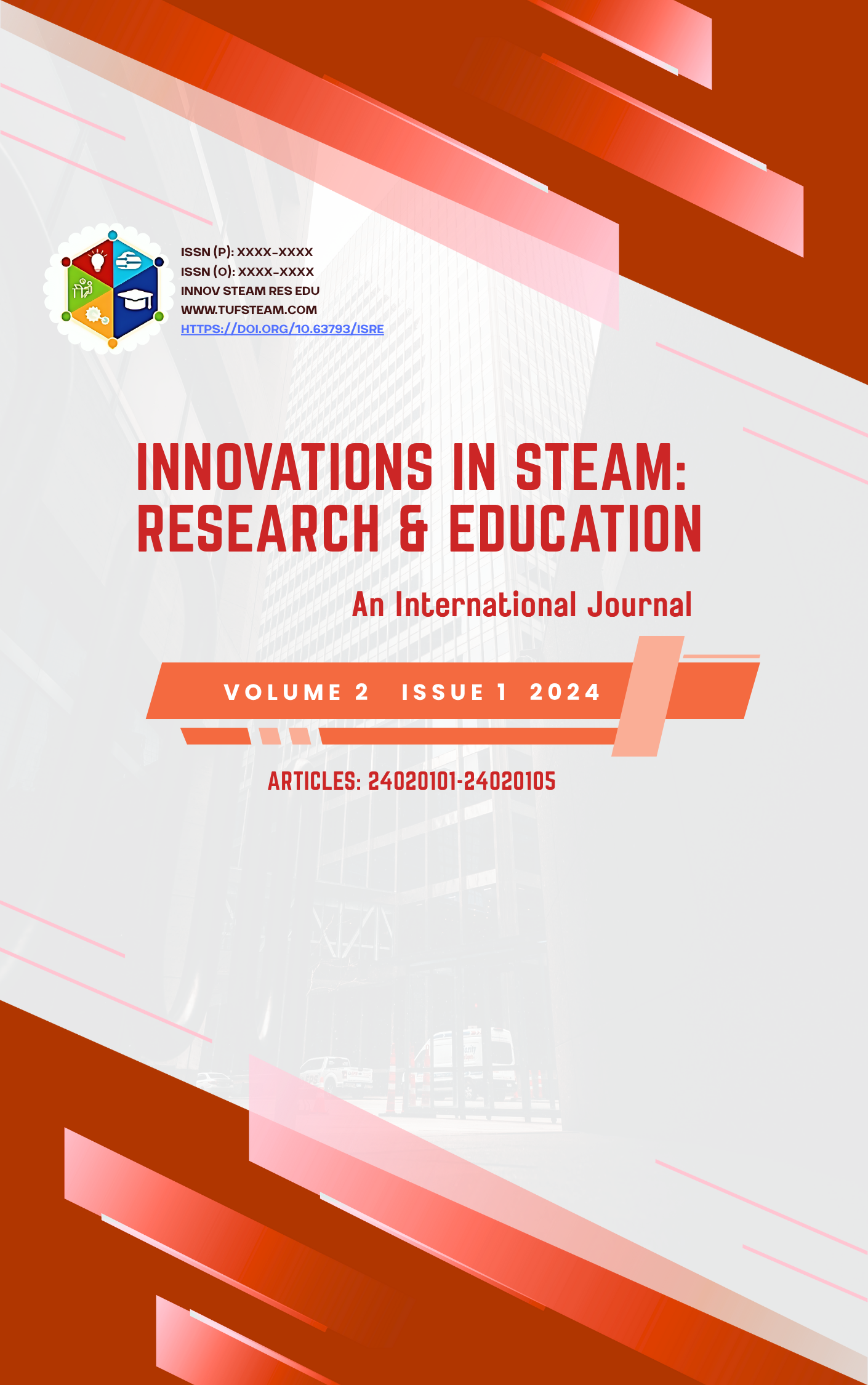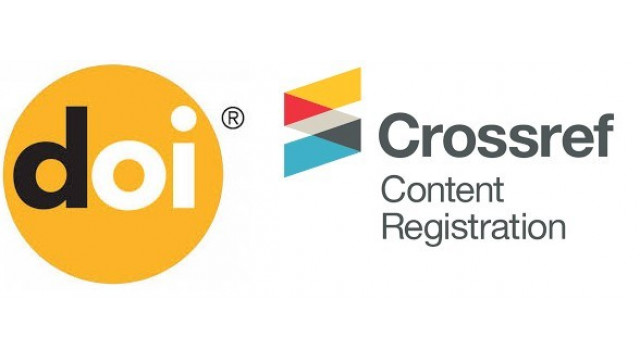Phytochemical Constituents in Putranjiva roxburghii Seed Extracts with Potential Medicinal Importance
Abstract
Background: Putranjiva roxburghii Wall. is an underutilized but valuable plant. It plays significant role in the traditional Ayurvedic and Unani systems. Antioxidants are crucial in preventing the formation of reactive oxygen species (ROS), neutralizing existing ROS, and repairing damage caused by ROS.
Objectives: The objective of the study was to investigate phytochemical profiling of seed extracts of P. roxburghii.
Methodology: The seeds of plant were used for extraction with various solvents and the phytochemical screening and analysis including total phenolic contents (TPC), total flavonoid contents (TFC) and DDPH radical scavenging assay were carried out by standard methodologies. MS Excel was used to calculate the means, and standard deviation (SD) and to make graphs.
Results: The various extracts of P. roxburghii seeds showed the presence of phenols, flavonoids, saponins, alkaloids, carbohydrates sterols and terpenoids whereas aqueous extract did not show terpenoids. The glycosides and tannins were also absent in all these extracts. The mean value of TPC and TFC of methanolic, hydroethanolic and water extracts of seeds of P. roxburghii vary from 48.8 to 83.0 and 565 to 915, respectively. The mean ± SD of DPPH % inhibition of methanolic, hydroethanolic and water extracts of seeds of P. roxburghii was 69.2 ± 8.9, 32.8 ± 1.86 and 35.6 ± 9.60, respectively.
Conclusion: The phytochemical screening of P. roxburghii seeds showed the presence of all representative groups, except terpenoids in aqueous extract. The hydro ethanolic extract of P. roxburghii seeds contain high contents of both TPC and TFC while methanolic extract showed highest DPPH inhibition.
Keywords: Putranjiva roxburghii; Therapeutic potential; Antioxidant activity; Antidiabetic activity; Medicinal plant
Downloads
Published
Issue
Section
License
Copyright (c) 2025 TUF

This work is licensed under a Creative Commons Attribution 4.0 International License.
Innovations in STEAM: Research & Education © 2023 by TUF is licensed under Creative Commons Attribution 4.0 International









